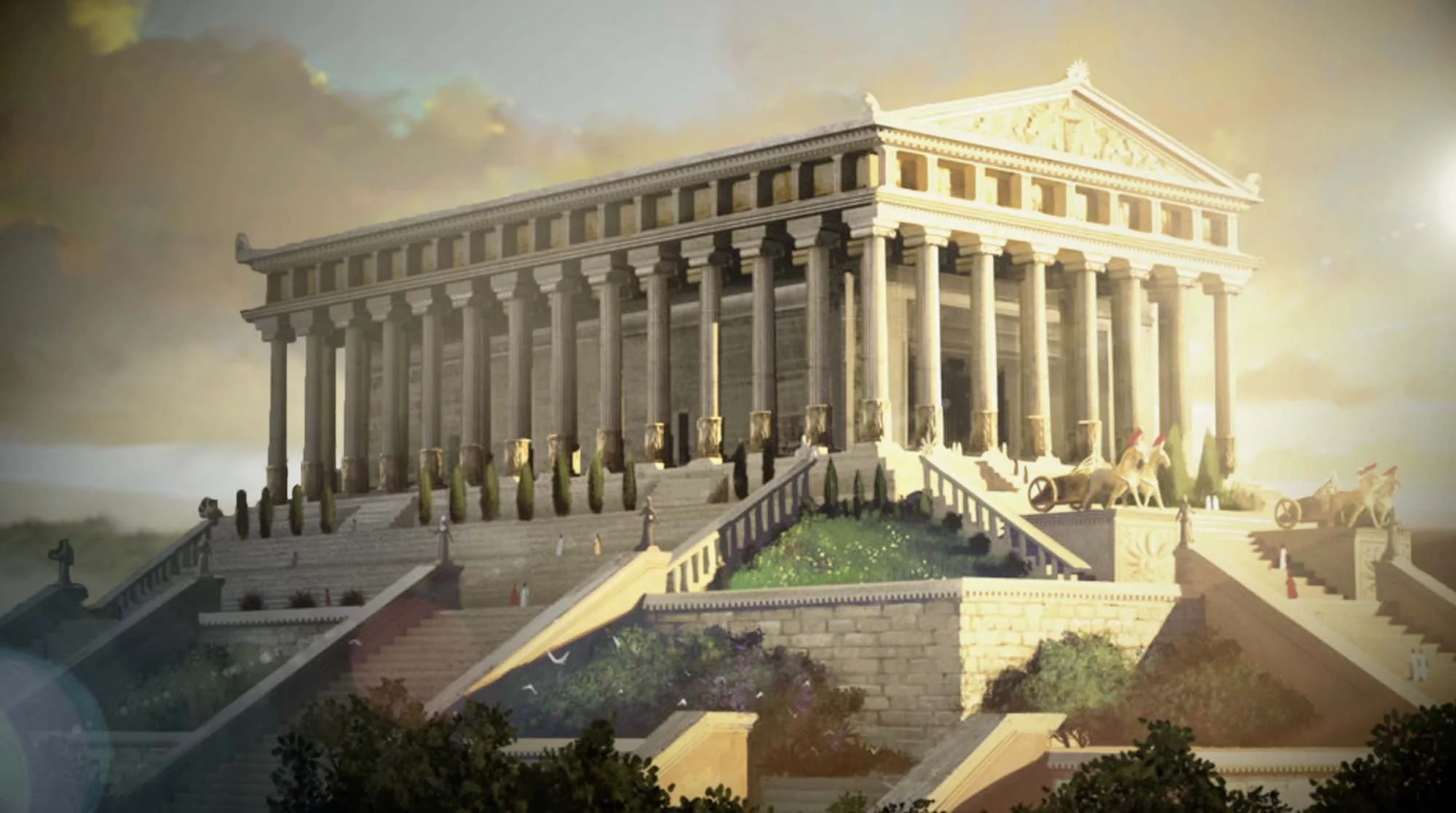The Fifth Wonder Of The Ancient World
- Marble Columns: The Temple of Artemis was famous for its impressive columns, which were made of marble and adorned with intricate carvings. These columns supported the roof of the temple and created a grand entrance for worshippers. - Statue of Artemis: The temple housed a large statue of Artemis, which was made of gold and ebony. This statue depicted the goddess standing upright with multiple breasts, symbolizing her fertility aspect. The statue was considered one of the most beautiful and revered statues in the ancient world. - Ornate Decorations: The temple was decorated with various sculptures, reliefs, and friezes that depicted scenes from Greek mythology and celebrated the power and beauty of Artemis. These decorations added to the grandeur and magnificence of the temple.
The Temple of Artemis
1. Historical Background: It was built in the 6th century BCE to honor the Greek goddess Artemis, who was the goddess of hunting, wilderness, and fertility. The construction of the temple was commissioned by King Croesus of Lydia and it took several years to complete. 2. Architectural Style: The architectural style of the Temple of Artemis was influenced by both Greek and Anatolian traditions. It was designed by the Greek architect Chersiphron and his son Metagenes. The temple was built on a grand scale and featured intricate carvings and sculptures. 3. Structure and Layout: The exact dimensions and structure of the Temple of Artemis are not known, as it was destroyed and rebuilt several times throughout its history. However, historical accounts describe it as a massive temple with over 100 marble columns that stood approximately 115 feet tall. The temple was surrounded by a large courtyard and had a central cella, or inner chamber, where the statue of Artemis was housed. 4. Main Features: 5. Significance and Legacy: The Temple of Artemis was not only a religious site but also a symbol of the wealth and power of the city of Ephesus. It attracted pilgrims and worshippers from all over the ancient world and played a significant role in the economy of the city. The temple also became a renowned symbol of ancient Greek architecture and was frequently mentioned in historical texts. 6. Destruction and Controversy: The Temple of Artemis faced several destructions throughout its history. It was first destroyed by a flood in the 7th century BCE, then rebuilt, and later destroyed by arson in 356 BCE by a man named Herostratus. It was rebuilt once again, but eventually fell into ruins due to natural disasters and invasions. Today, only a few scattered ruins remain at the original site of the temple.
Cold War Ideological Barrier.
The Iron Curtain
The origins of the Iron Curtain can be traced back to the end of World War II when Europe was divided into two spheres of influence. The Western Allies, mainly the United States, Britain, and France, controlled West Germany, while the Soviet Union controlled East Germany and most of Eastern Europe. This di...


